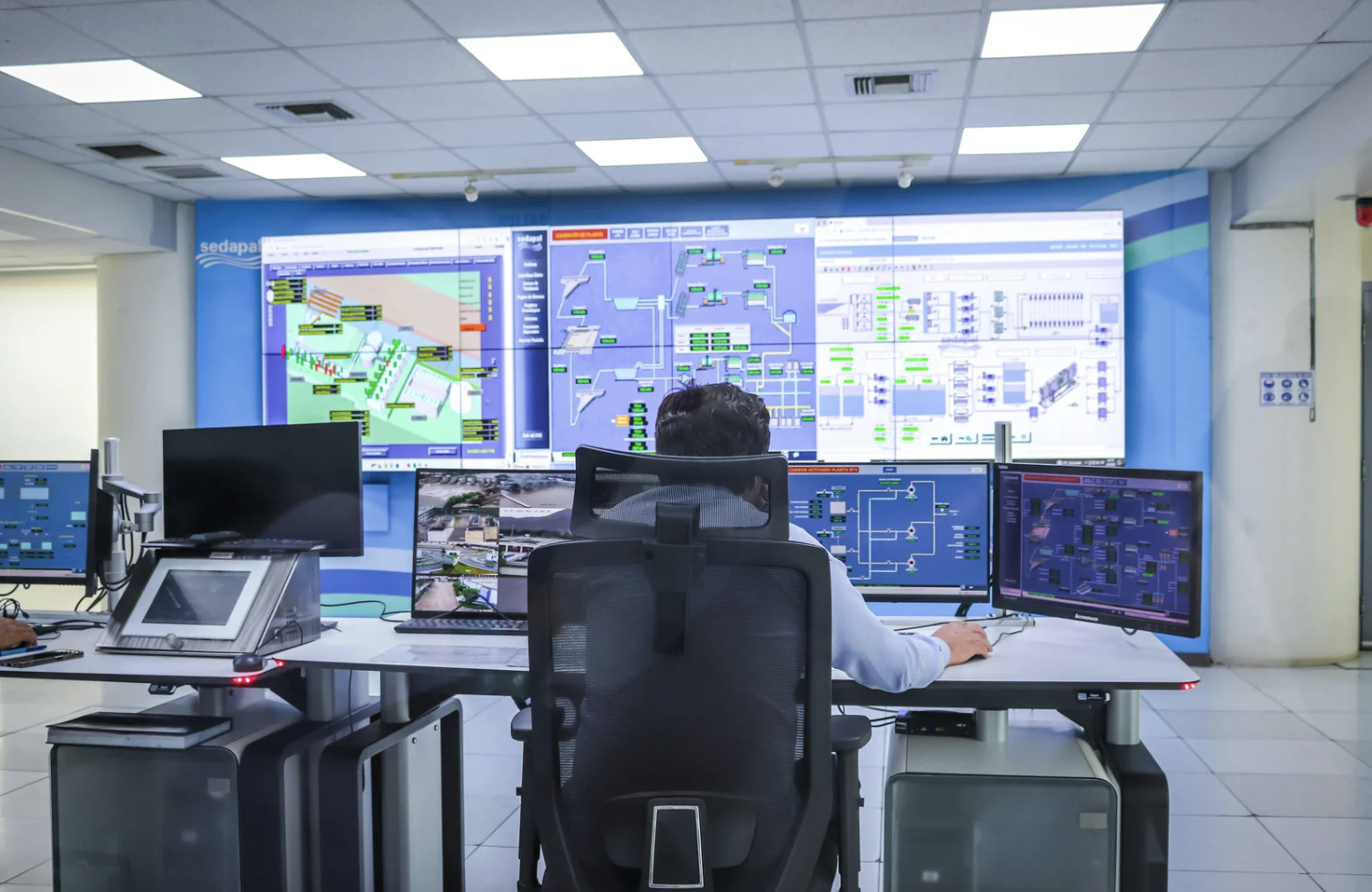Mastering Database Administration: Essential Skills for Success in the Tech Industry Job Market
news
Sure! Here is a rewritten version of the text with at least 600 words: Throughout history, human civilization has been shaped by various factors such as technological advancements, cultural exchange, and geopolitical events. These factors have influenced the way societies evolve and interact with one another, leading to the development of complex systems and structures […]
Top Topics














